All products featured are independently chosen by us. However, SoundGuys may receive a commission on orders placed through its retail links. See our ethics statement.
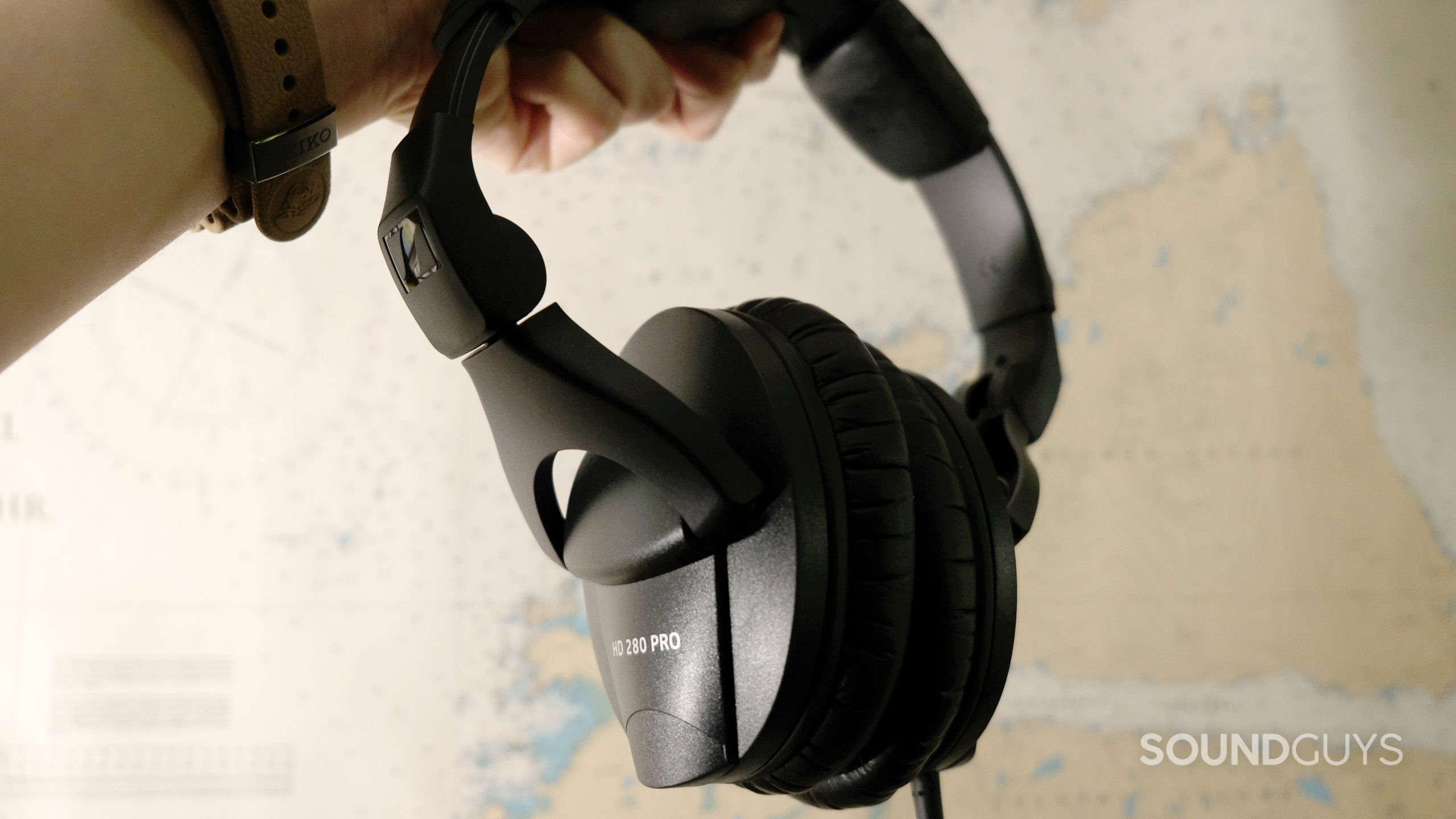
Sennheiser HD 280 Pro review
November 28, 2024
Sennheiser HD 280 Pro
One of the greatest things to come out of the modern age of home recording is the demand for accessible gear. So-called budget studio headphones used to cost well over $200, but the 1980s are long gone, and what used to be tough-to-reach purchases are much more accessible to more people. The Sennheiser HD 280 Pro has long been a favorite of musicians to monitor their tracks, and while there are some tradeoffs, it might be the headset for you too. We tested the Sennheiser HD 280 Pro for a week.
Editor’s note: this Sennheiser HD 280 Pro review was updated on November 28, 2024, to update content and formatting. Additionally, these headphones have no MDAQS scores. Please keep this in mind when comparing scores.
Audio engineers will want to try out the HD 280 Pro for its frequency response, tight seal over the ears, and comfortable fit. This is a great option for mixing or tracking for long recording sessions. Podcasters will benefit from accurate midrange and treble reproduction when editing episodes.
What’s it like to use the Sennheiser HD 280 Pro?
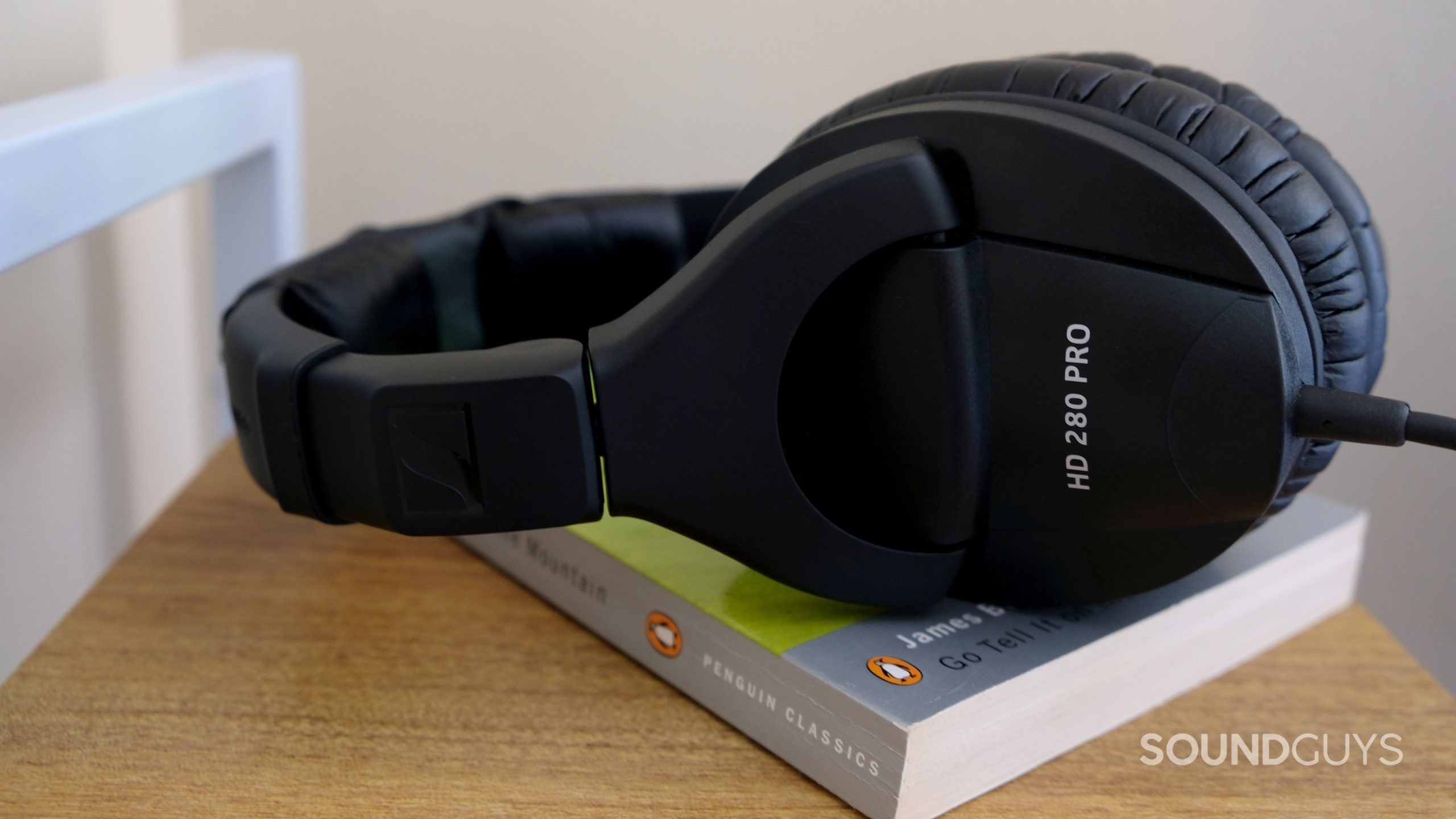
The Sennheiser HD 280 Pro is the epitome of boring, utilitarian design; inside and out, there really are no fancy features to speak of. All you do to start up is plug the 3.5mm jack in and you’re ready to go. You might even go wild and use the included 1/4 inch adapter, but that’s really it. The markers to identify which side is left and which is right are only very faintly marked on the inside of the hinges in a tiny font, so you just have to remember that the wire hangs from the left.
Regardless of how boring the headphones look, the HD 280 Pro makes its name on durability and utility. That’s not to say Sennheiser forgot about comfort, as the HD 280 Pro has ample padding where it counts. You shouldn’t run into much discomfort even after several hours wearing glasses, besides some heat build-up. The clamping force is just right, at least for my relatively small head. The closed-back ear cups establish a decent seal, which brings enough isolation to prompt an “excuse me?” when someone out of view asks a question, but by no means are these active noise canceling headphones.
Because the HD 280 Pro is relatively affordable it lacks some luxuries. The wire on the left ear cup is not removable, but the coiled cable does a lot to alleviate stress on the solder points. You shouldn’t have to replace it unless you straight-up abuse the thing.
Is the HD 280 portable?
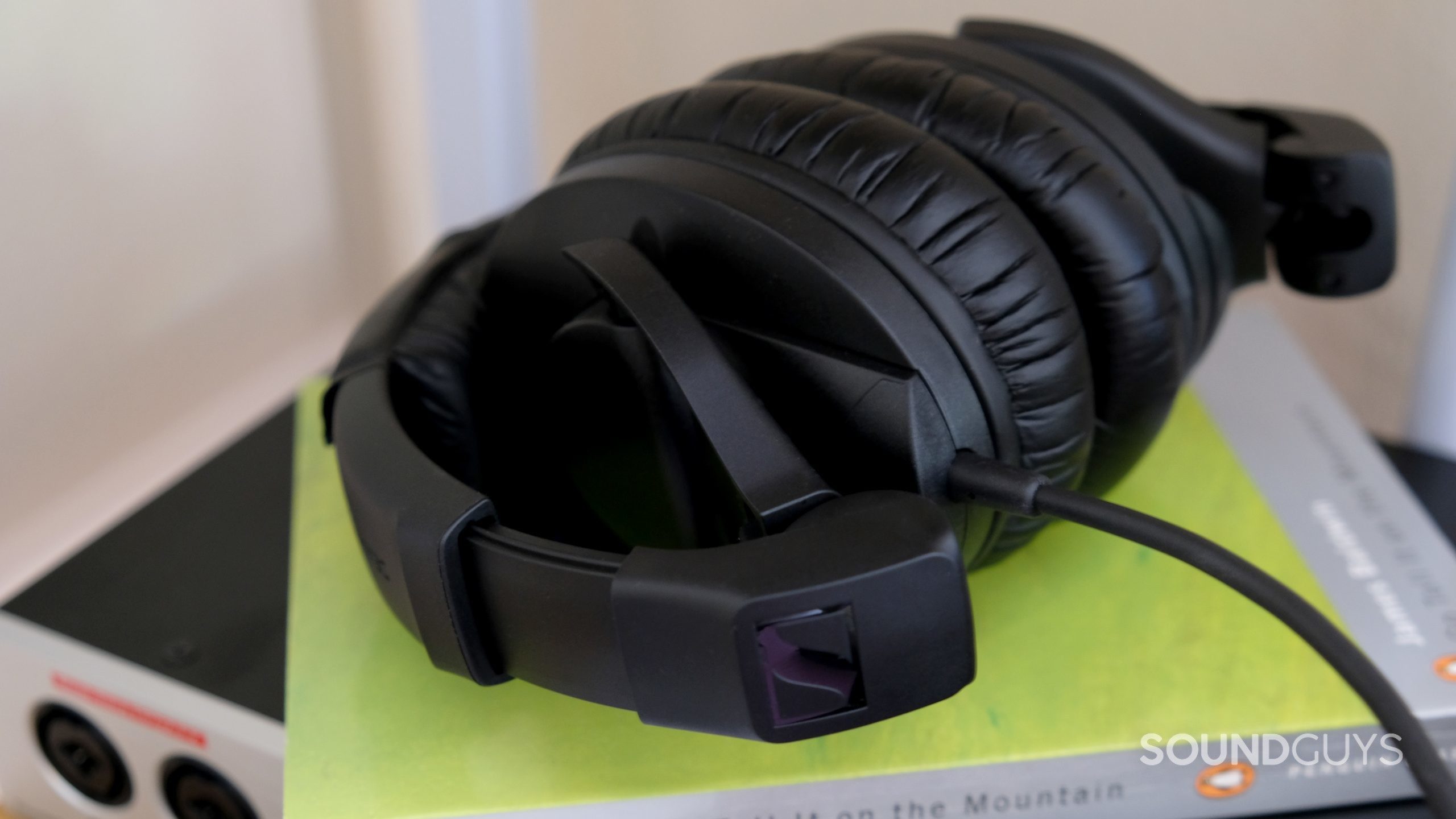
The headset is rather large, but the ear cups swivel, and the sides articulate to make the HD 280 Pro’s footprint a tad smaller. It’s not a headset marketed for the commuter, and Sennheiser doesn’t include a case. In addition, the jack is substantial and could get in the way or not fit with a phone case, so the answer is not really.
The sheer weight of the cable managed to drag my phone off the desk twice, so I can’t picture a scenario in which you’d want to take these headphones on a bus. Commuting with studio headphones kind of misses the point anyway; there’s a time and a place for monitors, and the subway ain’t usually it. The headphones’ matte plastic exterior means you don’t need to worry much about scratching or marking it up, at least.
How well does the Sennheiser HD 280 Pro block out noise?
Loading chart ...
The Sennheiser HD 280 Pro is not a noise canceling headset, so any noise that gets blocked out is due to the seal of the earpads to your head. Closed-back headphones tend to perform reasonably well compared to open-back ones in this regard. The HD 280 Pro blocks out high-frequency noise handily, while mids are only deadened by half to three-quarters in loudness (the higher the pitch, the better the headphones block out noise). Typical of non-ANC headphones, the HD 280 Pro does not attenuate low frequencies all that well.
How does the Sennheiser HD 280 Pro sound?
Loading chart ...
The headphones have a fairly accurate frequency response with a few minor deviations from our headphone preference curve. You won’t hear any over-emphasized sounds with the HD 280 Pro, which makes it a strong candidate for mixing and monitoring recordings in a studio. If you were thinking this was a pair of consumer Sennheiser headphones, you’ll get something a bit different than what you expected.
The HD 280 Pro has a frequency response of 8Hz-25kHz, which could give the impression that it has strong bass, but it is not a “basshead” headset. First off, people can’t hear below 20Hz, so the 8Hz number is somewhat irrelevant. Secondly, there’s a drop between 50-100Hz, which can make some lower-pitched rumbles sound weirdly quiet compared to its neighboring low notes. Like a valley, it pops back up in volume on either side. Because studio curves aim for neutrality the sub bass is a little louder than ideal, however, it’ll hardly blow your ears out. Not much happens musically below 60Hz.
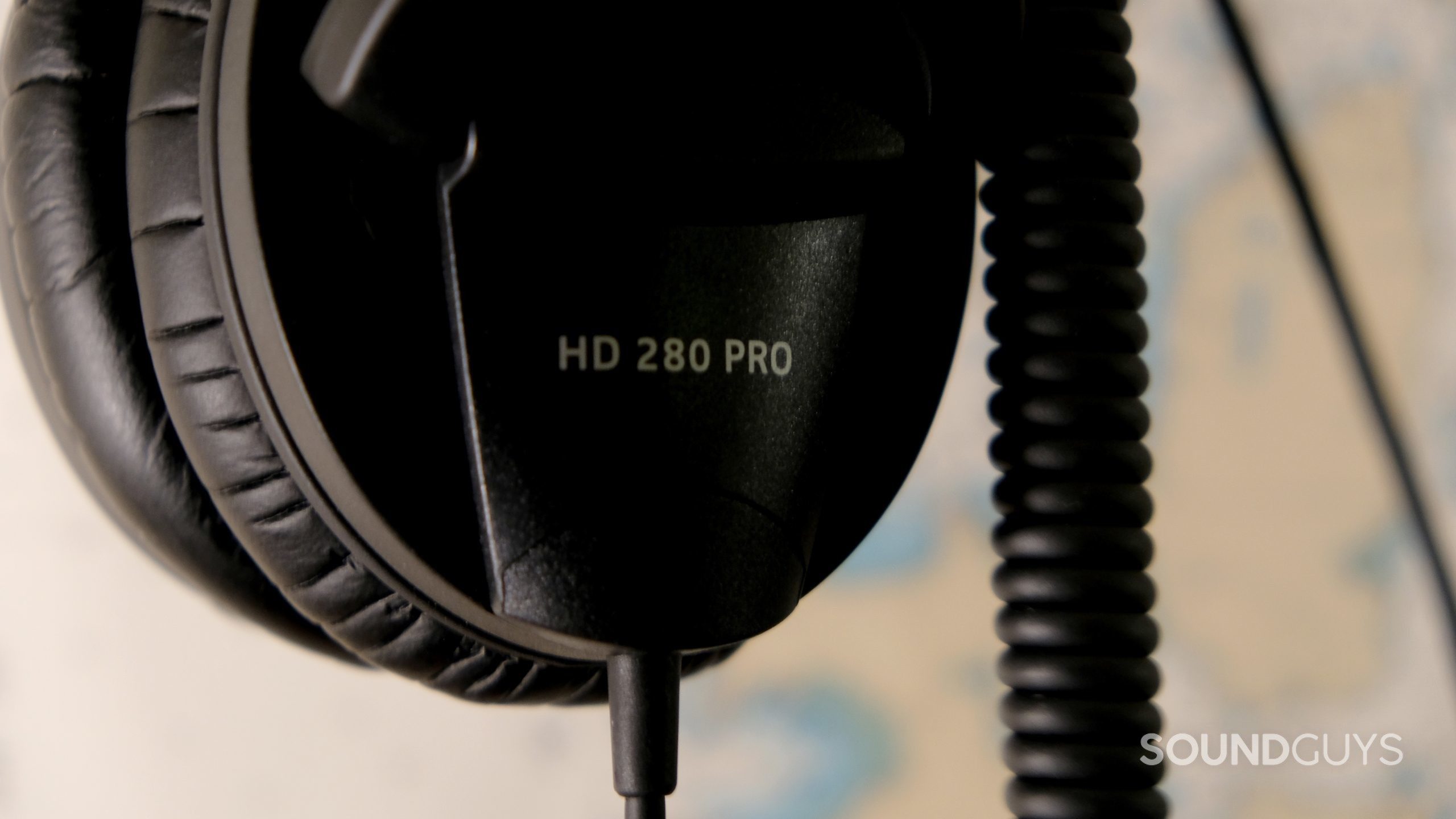
Just Do You by Lord Echo (ft. Mara TK), which has a significant bass section, sounds good on the HD 280 Pro. The song isn’t bass-heavy whatsoever on the headset, so it’s easy to hear midrange notes that other headsets may mask. In other words, you’ll hear the low end percussive groove that thrusts “Just Do You” forward.
Anything from the 1970s or earlier that hasn’t been remastered for digital release will lack quite a lot of bass with the HD 280 Pro. Rock Your Baby by George McCrae is pretty light on the kick due to the use of an early drum machine, the Roland TR 77, but basically it has no low end thump, unless I put on the 2012 remaster. Meanwhile, the bass guitar all but disappears in the original master. With that said, listening on the HD 280 Pro makes it patently obvious at 4:32, that the stereo mixed drum machine switches to exclusively a right pan, which speaks to the headset’s detailed reproduction.
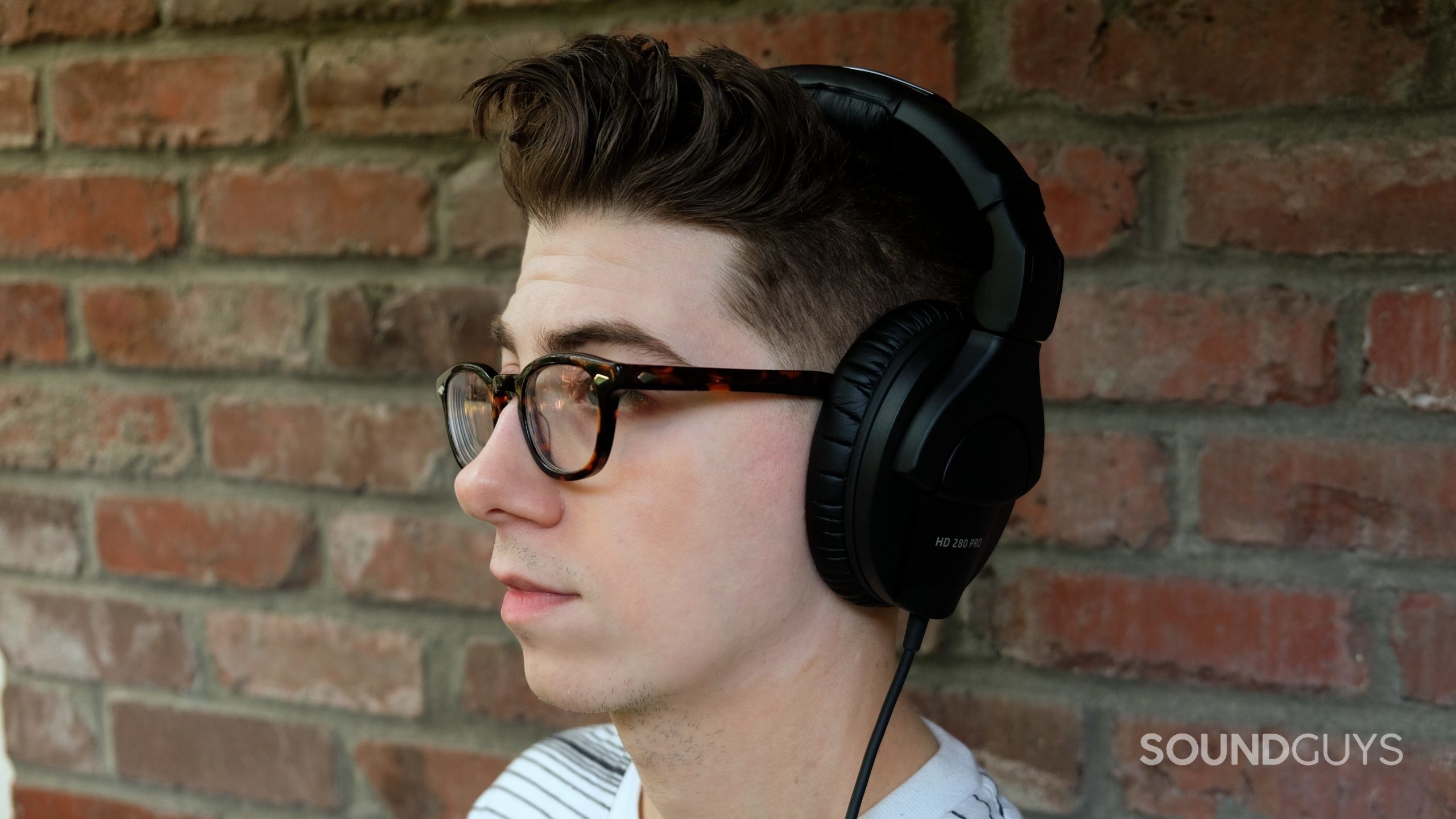
Alto singers in particular sound great on these headphones, which makes sense, given that range is typically from 180-700Hz. These frequencies are the sweet spot for the HD 280 Pro and happen to also be where the headphones most closely align with our target curve. The HD 280 Pro allowed me to hear new lyrics to songs I’d previously found imperceptible.
Falsetto and soprano voices that occupy those higher ranges sound less impressive than on other headphones. George McCrae’s smooth falsetto on “Rock Your Baby” lacks dimension due to this decibel drop where those higher frequencies reside. Mara TK still sounds good on “Just Do You” because he’s a talented singer, but the song’s vocals aren’t on par with the best headphones due to the frequency curve on the upper registers.
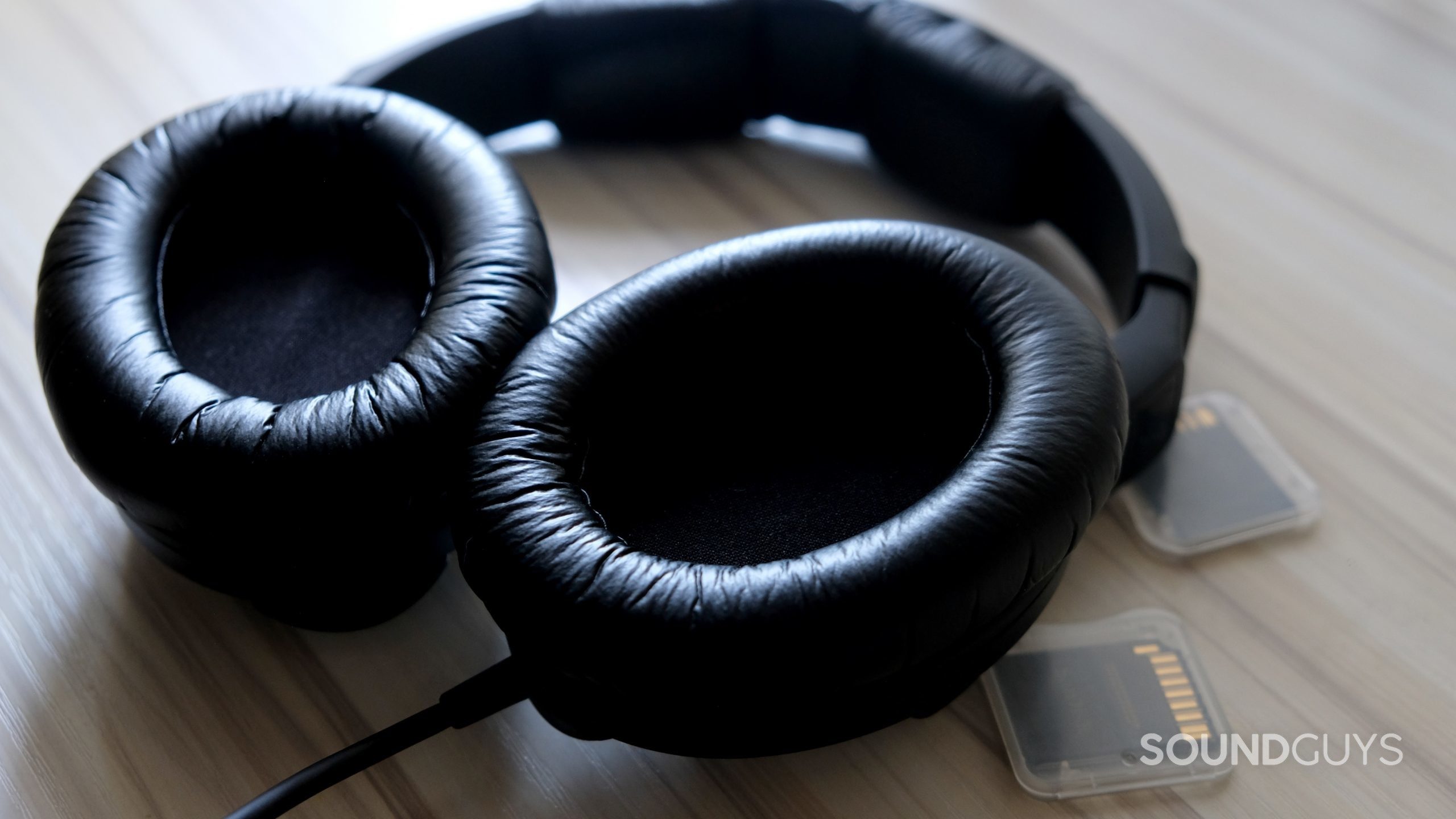
Some people will feel that cymbals sound “hollow” coming through the Sennheiser HD 280 Pro. On tracks with a lot of fast cymbals and tambourines like What a Pity by Spook School they sound more like metal trashcan lids than a high-quality metal instrument. On other tracks, the cymbals sound a little too slow, and there are few reasons for this.
The HD 280 Pro’s minor under-emphasis (compared to our studio curve) between 2-8kHz, and the steep drop above 10kHz gives the impression of a quieter cymbal due in part to lowered volume on the initial crack of the crash. This lowered volume on the initial hit (of the cymbal, or any sound in that range) to reaching peak volume the brain interprets as less attack. Having the impression of less attack is fine — sometimes desirable — on an infrequent sound. The human brain, however, can’t process this fast enough to distinguish the sounds. This makes it seem like everything bleeds together during a fast repeating sound, like multiple crash cymbals back-to-back.
What’s the Sennheiser HD 280 Pro good for?
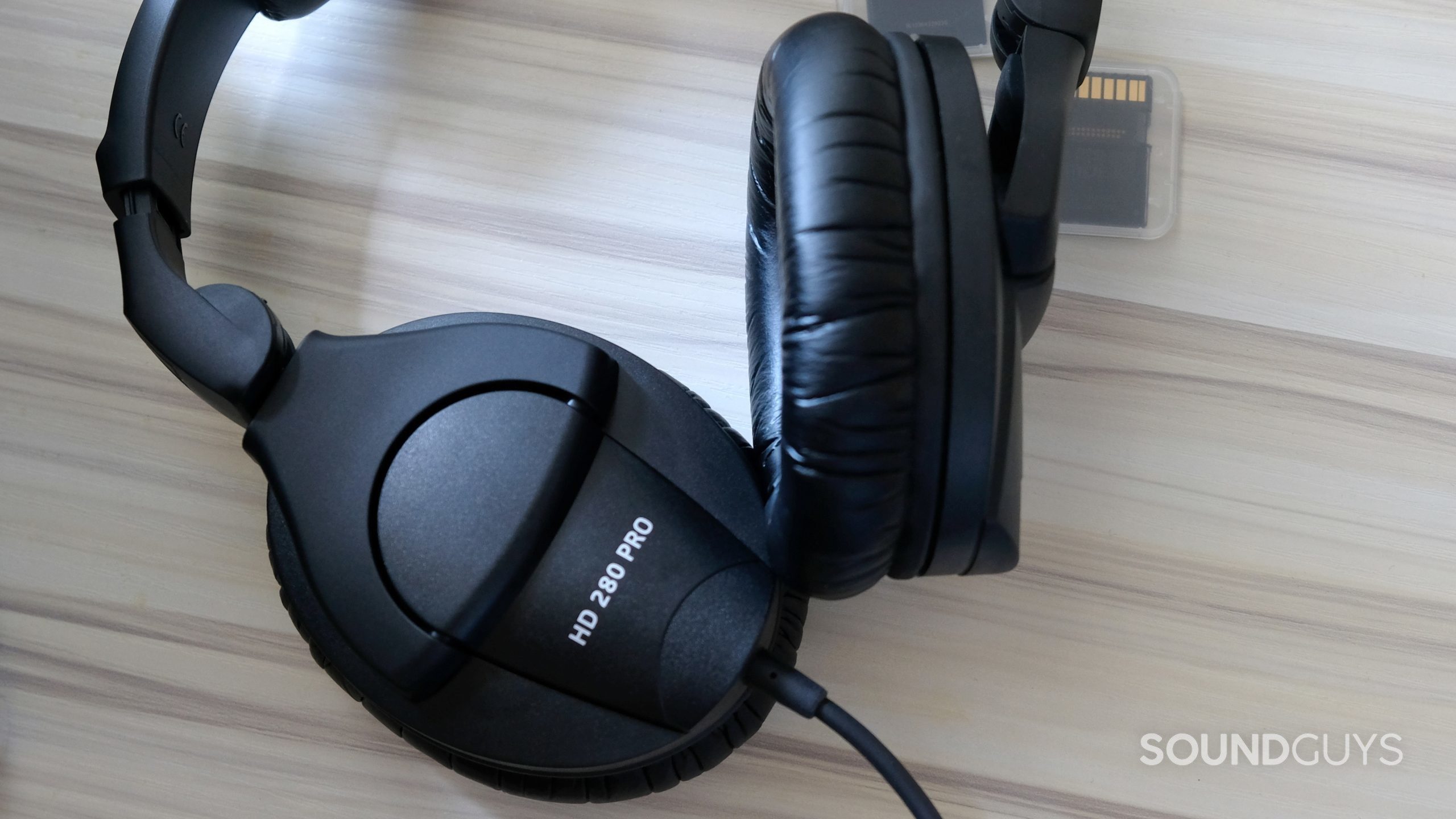
After several hours of testing music from different genres and eras, I’ve become accustomed to the particulars of how this headset sounds and discovered that like the famously polarizing Yamaha NS10 monitors, if a song can sound good on the HD 280 Pro, then it’s well mixed. Songs that really vibe on these headphones will sound good or better on almost anything else. If you’re producing music: that’s an extremely valuable tool.
For mixing purposes, if a song sounds good on the HD 280 Pro, it'll be just as good or better on anything else.
If you’re an audio engineer, a podcaster, or in a band, the Sennheiser HD 280 Pro is a versatile piece of kit. The closed-back ear cups are ideal for recording tracks, because they minimize dreaded sound leakage. The sound staging (how well you’re detecting the panning left to right) is wide for a closed-back headset, which makes it easier to pick out instruments than other closed-back options — also important when mixing.
Should you buy the Sennheiser HD 280 Pro?
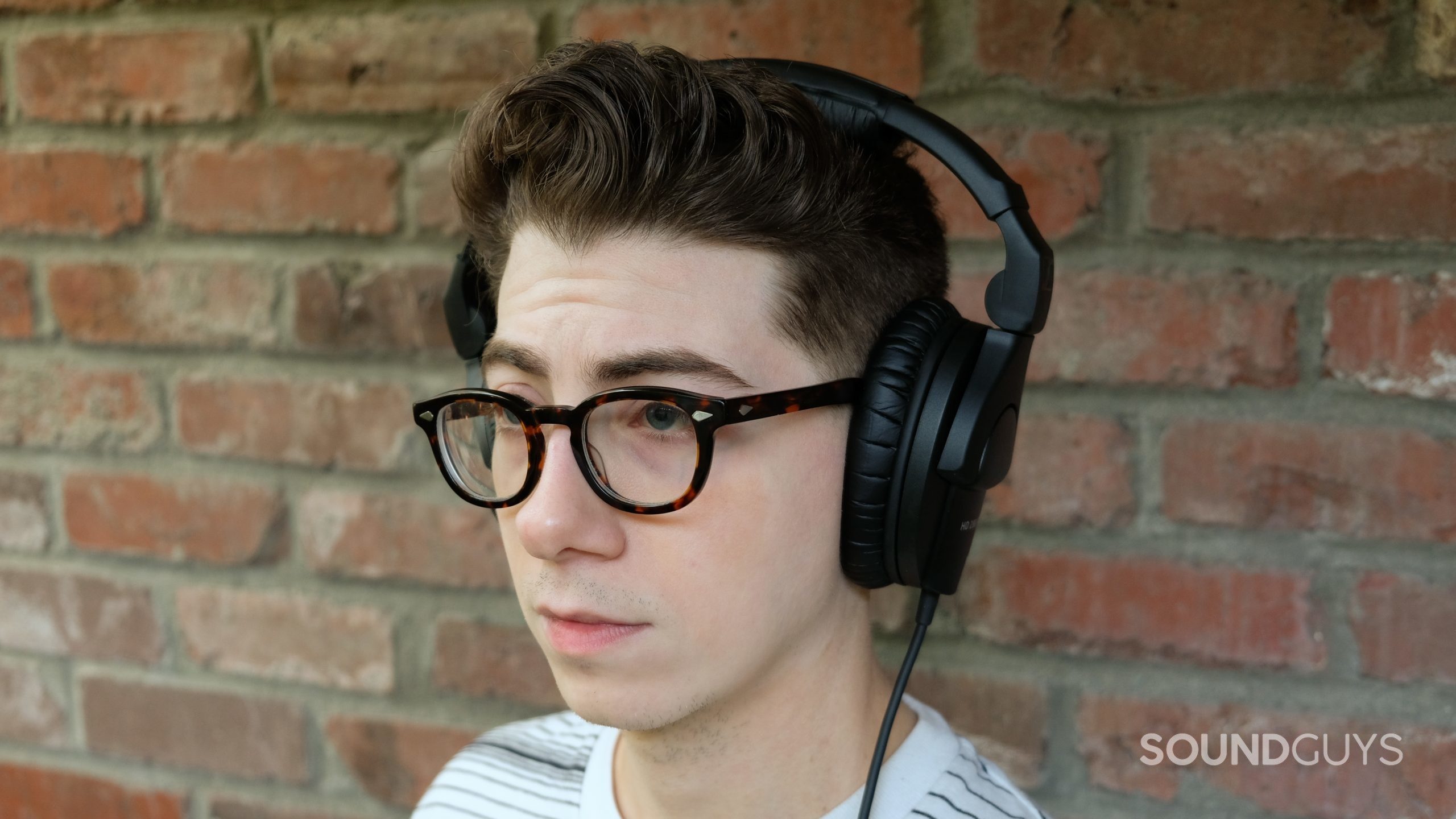
If you’re looking for a solid budget-conscious reference headset, you should consider the Sennheiser HD 280 Pro. If you have a higher budget, by all means explore other options like the AKG K371, but for about $100 there’s a spot in every studio for the HD 280 Pro. It doesn’t have to be your main headset, but if you need a backup or a second pair to mix with or track without the pains of leakage, it’s great.
Also, I stand by my controversial statement that the Sennheiser HD 280 Pro is the studio headphone equivalent of the Yamaha NS10 monitor. Make something sound good on these headphones and it’ll sound good on most other drivers. That’s reason enough to pick up a pair.

What should you get instead of the Sennheiser HD 280 Pro?
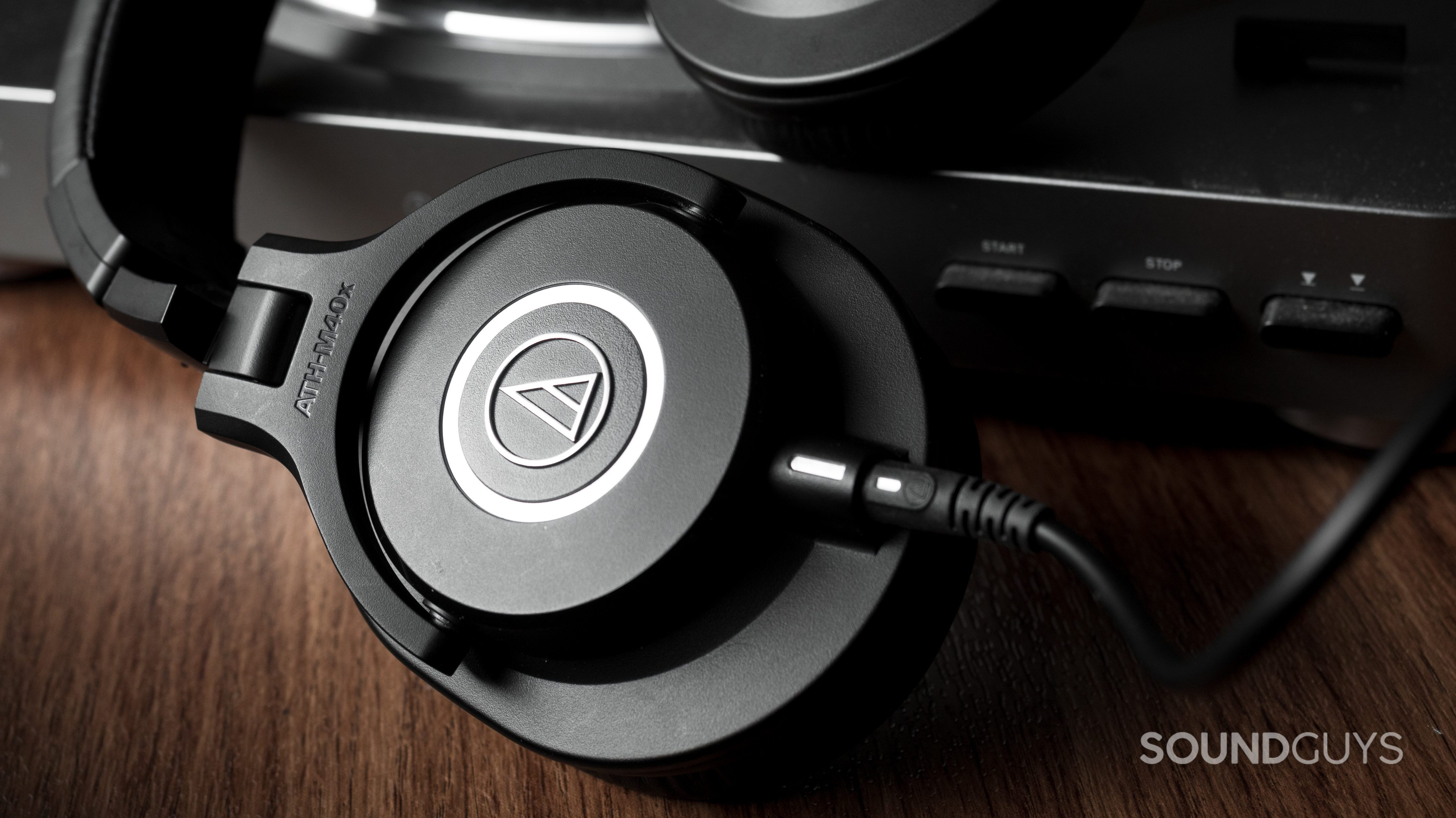
For $99 at Amazon you can pick up the Audio-Technica ATH-M40x. It comes with removable cables that have proprietary locking mechanisms, and you can get a headset with a non-removable cable for less ($79 at Amazon) with the Audio-Technica ATH-M30x. The HD 280 Pro sports a slightly more accurate frequency response. Interestingly, both sets have similar features such as a drop around 80Hz and a bump around 100Hz. Whereas the HD 280 Pro has a touch too much in the sub-bass, the ATH-M40x has a notable under-emphasis. Pick your poison.
Both headphones perform similarly with passive isolation. The main difference in terms of sound is in the highs, where the ATH-M40x tends to exaggerate somewhat. If used to monitor while tracking a recording, this emphasis can help vocalists hear themselves back.
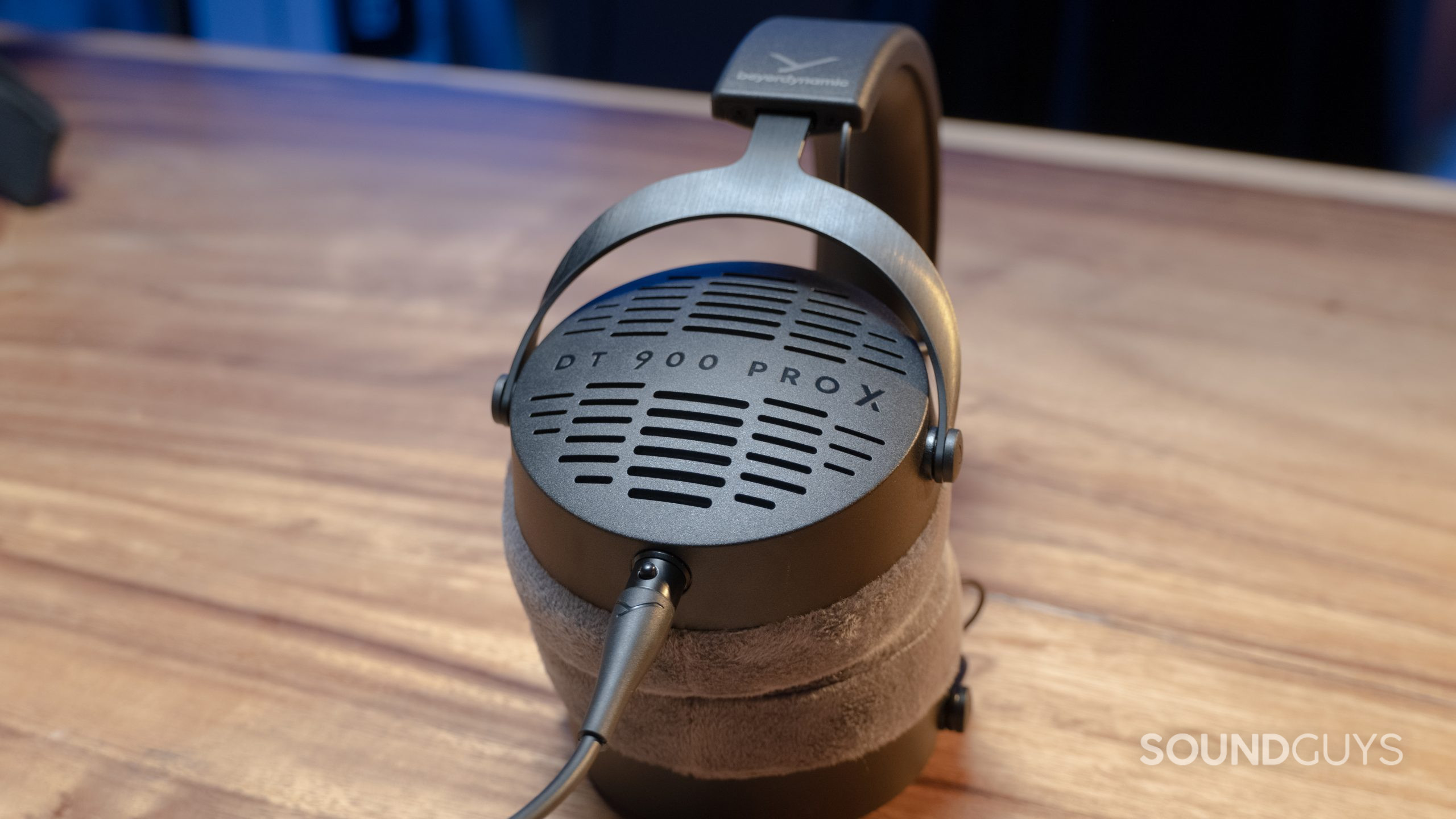
If you want something more deluxe, check out the Beyerdynamic DT 700 PRO X for $269 at Amazon. These feel extremely comfortable with velour padding and they sound quite good too. If you’d rather have a set of open backs, check out the Beyerdynamic DT 900 PRO X ($269 at Amazon) which has an even more accurate frequency response.
Frequently asked questions about the Sennheiser HD 280 Pro
No, the headset does not have a microphone for phone calls or voice assistant access.
You can replace the ear pads and the headband cushioning (for $36.89 at Amazon). Sennheiser sells official replacements to consumers. This is great for prolonging the lifespan of the headphones (and for the environment).
Yes, due its frequency response, the HD 280 Pro makes for a solid pair of headphones for gaming that you can also use in the studio.
Absolutely, the HD 280 Pro is a good pick for editing voiceovers. As with most mixing, A/B with as many speakers and headphones as you can in addition to the Sennheiser HD 280 Pro to get a true sense of your recording.
We haven’t gotten around to reviewing and testing the AKG K361 ($119 at Amazon), so we can’t say for certain which is better. What we can say is that the Sennheiser HD 280 Pro are definitely a good pick for music production.
If you’re interested in AKG headphones, we strongly advise you check out the ones we have reviewed because they vary quite widely from the decent (for the price $56 at Amazon) AKG K240 Studio to the slightly expensive ($135 at Amazon) AKG K702, and the pretty useless AKG K92 and K72. We really like the AKG K371 ($176 at Amazon), however, they’re possibly too consumer oriented for most production.
Thank you for being part of our community. Read our Comment Policy before posting.